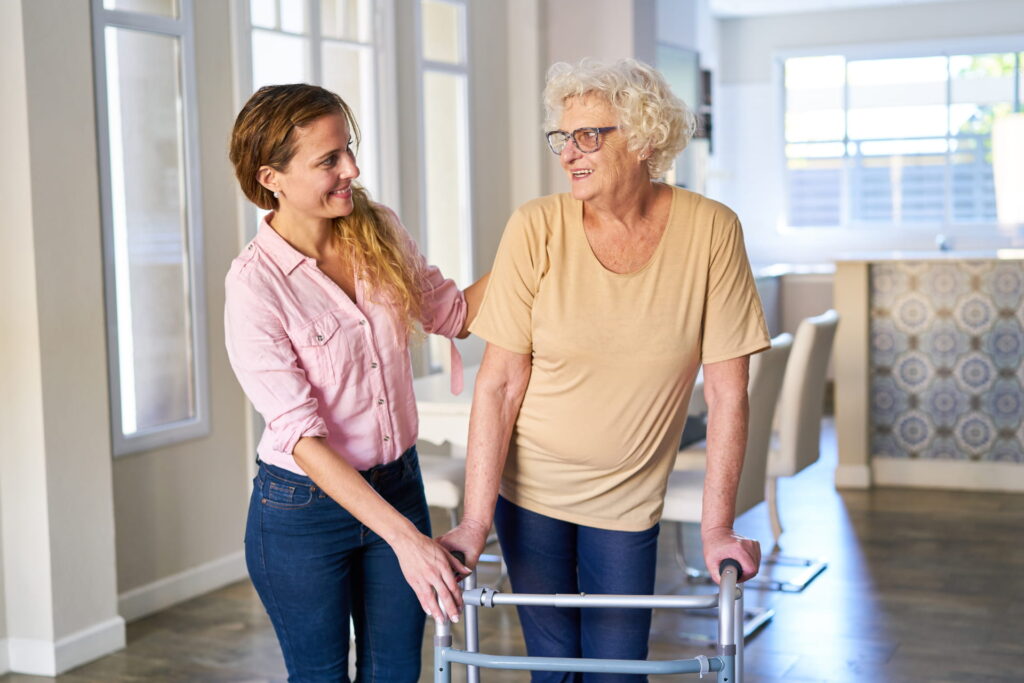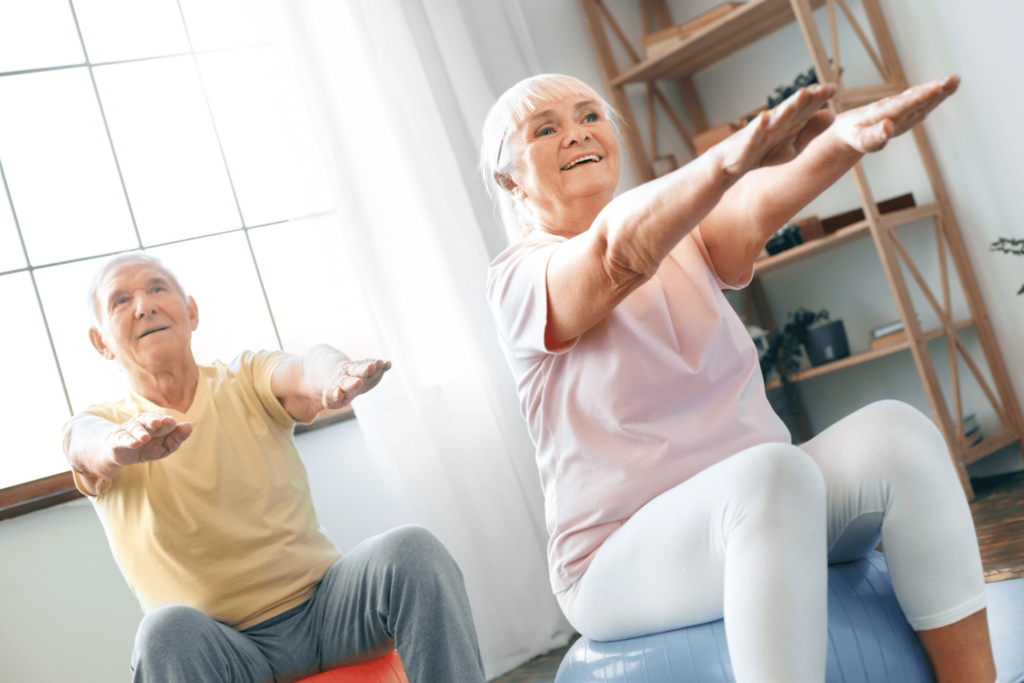When a stroke victim returns home, family members can play a crucial role in supporting recovery and improving the survivor’s quality of life. Remember, Clementine Home Care is always available to support families who are struggling with caregiving.
Here are some key steps families can take to assist stroke victims at home:
1. Create a Safe and Accessible Environment
- Remove Hazards: Ensure that pathways are clear of clutter and tripping hazards.
- Install Handrails and Grab Bars: Place these in key areas like the bathroom, near the bed, and along stairs.
- Consider Assistive Devices: Depending on mobility challenges, a wheelchair, walker, or cane might be necessary.
- Adjust Living Spaces: Make sure that the stroke victim has easy access to their bed, bathroom, and kitchen. You may need to move furniture or create a single-level living space.
2. Assist with Daily Activities (ADLs)
- Personal Care: Help with dressing, bathing, grooming, and toileting if necessary.
- Meal Preparation: Provide nutritious, heart-healthy meals, and if needed, assist with feeding.
- Medication Management: Ensure they take medications on time and as prescribed.
3. Help with Physical Therapy
- Exercise Support: Assist with prescribed exercises to regain strength, coordination, and mobility.
- Follow the Therapist’s Guidance: Work closely with physical, occupational, or speech therapists to continue rehabilitation at home.
- Promote Movement: Encourage safe movement and activity, even if it’s limited.
4. Offer Emotional Support
- Be Patient: Stroke recovery can be slow, and frustration is common. Patience and positivity can make a huge difference.
- Encourage Social Interaction: Help the stroke victim stay connected with friends and family to prevent isolation and depression.
- Monitor for Signs of Emotional Distress: Depression is common after a stroke. Be alert to changes in mood and seek professional help if needed.
5. Encourage Cognitive and Speech Therapy
- Mental Stimulation: Engage in activities like puzzles, reading, or card games to help with cognitive recovery.
- Speech Exercises: If the stroke affected speech, help the person practice exercises recommended by a speech therapist.
6. Maintain a Routine
- Consistency: Establish a daily routine to reduce stress and confusion, helping the stroke victim regain a sense of normalcy.
- Track Progress: Keep a journal to track improvements and setbacks to share with healthcare providers.
7. Seek Professional Help
- In-Home Care Services: Consider hiring professional caregivers or physical therapists to provide additional support.
- Respite Care: Family members may need occasional breaks; respite care can provide temporary relief for caregivers.
8. Prepare for Emergencies
- Medical Alerts: Consider installing a medical alert system in case of emergencies.
- Know the Warning Signs: Be aware of the signs of a recurring stroke and what steps to take if they appear.
Family involvement, encouragement, and a structured care plan are essential to helping stroke victims regain independence and maintain a positive quality of life. If you or someone you love is a stroke victim or caregiver of someone following a stroke, please contact Clementine Home Care to learn how we can help in this challenging time.


